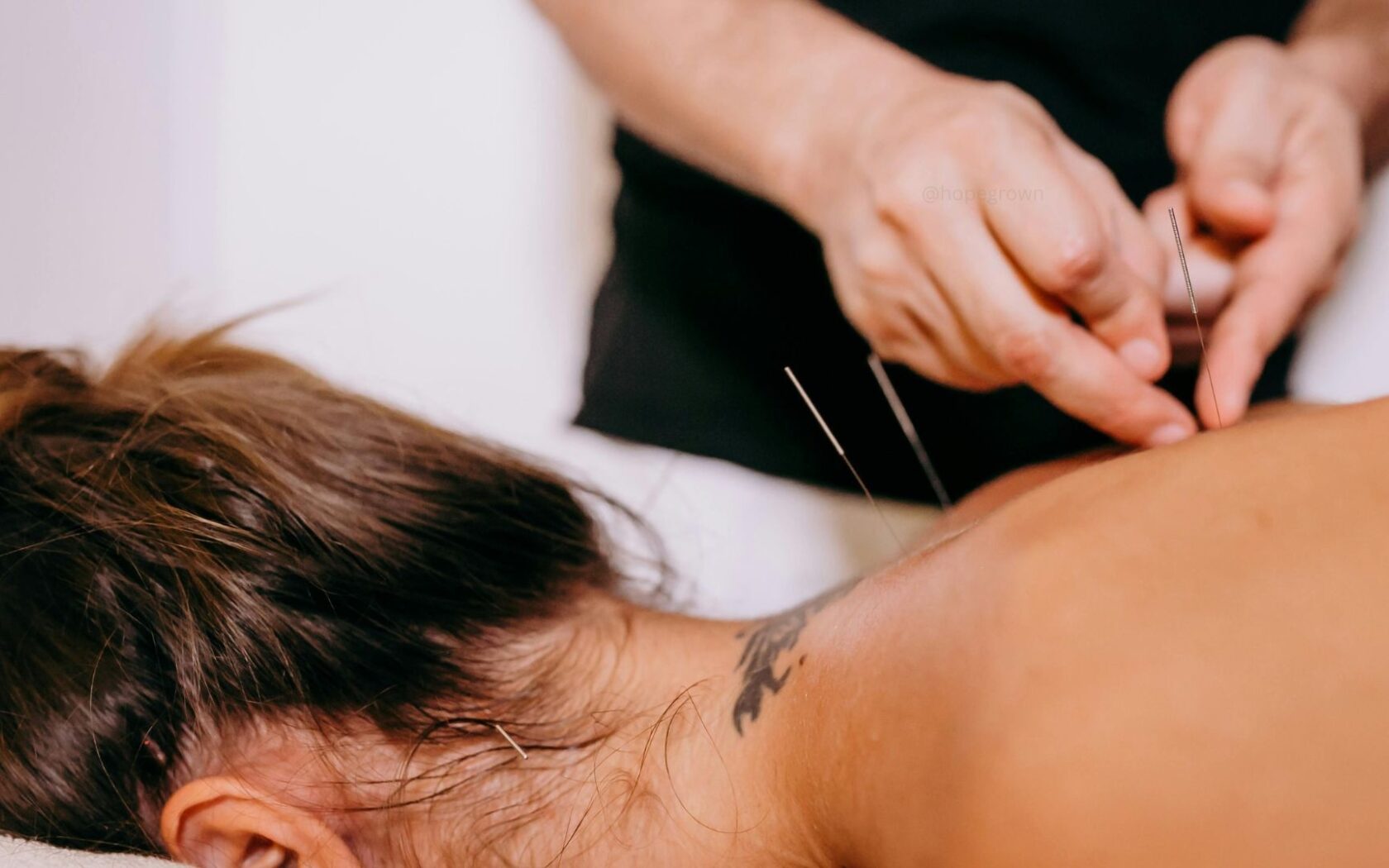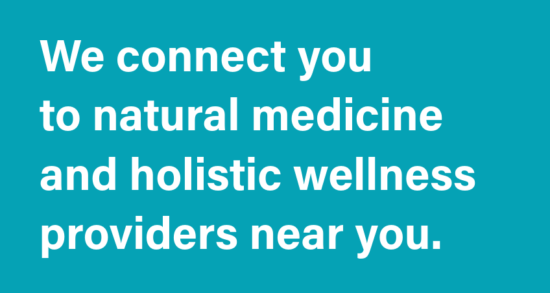Acupuncture vs. Dry Needling: What's the Difference and Which One Should You Try?
If you're dealing with pain or want to improve your health naturally, you might have heard of acupuncture and dry needling. Both treatments utilize thin needles, but they originate from very different backgrounds and are employed in distinct ways. In this article, we'll explore how these two methods compare so you can decide which might be right for you.
Where They Come From
Acupuncture is an ancient practice that started in China over 2,500 years ago. It's based on the idea that energy, called Qi (pronounced "chee"), flows through the body along special pathways called meridians. When this energy gets blocked or unbalanced, it can lead to pain or sickness. Acupuncture helps bring your body back into balance by placing needles at specific points on these meridians to restore the proper flow of energy.
Dry needling, on the other hand, is a much newer technique. It was developed in the 20th century and is mainly used by physical therapists, chiropractors, and doctors trained in Western medicine. This method focuses on treating muscle pain by targeting tight or knotted areas in the muscles known as trigger points. Dry needling is based on science and anatomy, not energy flow.
How They Work
While both treatments use thin needles, the way they're used is quite different:
Acupuncture
- Needles are placed on specific acupuncture points across the body based on your symptoms.
- The needles usually go in just a little (shallow to medium depth).
- They stay in for about 15 to 30 minutes.
- You may feel tingling, warmth, or a dull ache—that's a good sign.
- Practitioners are trained in Traditional Chinese Medicine (TCM) and licensed to practice acupuncture.
Dry Needling
- The needles go directly into tight muscles or trigger points.
- They may go deeper than acupuncture needles to reach the muscle.
- The therapist may move the needle slightly or try to make the muscle "twitch," which helps it relax.
- Sessions usually focus on one or two problem areas and may be shorter.
- Performed by licensed physical therapists, chiropractors, or doctors with special training in dry needling.
What Each One Helps With
Both methods can help with pain, but they're used for slightly different purposes:
Acupuncture Benefits
- Brings balance to the body's energy.
- Helps with chronic pain, stress, headaches, digestion issues, and hormonal imbalances.
- May boost your immune system and improve sleep.
- Focuses on your whole-body wellness, not just the painful area.
Dry Needling Benefits
- Targets specific muscle problems.
- Relieves tight muscles, spasms, and trigger point pain.
- Increases flexibility and supports recovery from injuries.
- Often used for sports injuries, back/neck pain, or repetitive strain from activities like typing or lifting.
What Science Says
Both treatments have been studied, and while more research is still needed in some areas, many people find them helpful.
Acupuncture has been studied for a long time. Organizations like the World Health Organization (WHO) support its use for treating pain, stress, migraines, and other conditions. There's growing scientific support showing it can improve certain health conditions, especially when used regularly.
Dry needling has substantial evidence to support its use in treating muscle-related pain. It's often used in sports medicine and physical therapy. Research shows that it can reduce pain and improve movement, although some experts argue that larger-scale studies are needed to confirm its long-term effects.
Both methods can be effective; your results may depend on your specific condition and the practitioner's skill.
Is It Safe?
When done by trained professionals, both acupuncture and dry needling are generally safe. Still, there are a few things to watch for:
- Mild side effects like soreness, bruising, or slight bleeding where the needle was inserted.
- Some people feel tired or a little lightheaded afterward.
- Very rarely, more serious risks like infection or nerve damage can happen, but this is unlikely if clean, sterile needles are used.
- If you have a bleeding disorder, skin infection, or fear of needles, talk to a doctor first.
- Pregnant women should let their practitioner know, since some acupuncture points should be avoided during pregnancy.
Choosing a well-trained and certified provider helps ensure that you receive safe, proper care.
How to Choose What's Best for You
Still unsure whether to try acupuncture or dry needling? Here are a few tips to help you decide:
- Think about your health goals. Do you want to treat just one area of pain? Dry needling might be best. Want to feel better overall and reduce stress, too? Acupuncture might be more helpful.
- Consider your comfort with each approach. Acupuncture is part of a holistic, energy-based system of medicine. Dry needling is primarily focused on physical treatment and muscle anatomy.
- Talk to your doctor or wellness coach about your symptoms and what's available near you.
- Some people even use both techniques together to get the best of both worlds!
Final Points
Acupuncture and dry needling may appear similar on the surface—they both involve tiny needles—but they differ significantly in practice and purpose. Acupuncture is a time-tested technique focused on balancing the body's energy, while dry needling is a more modern method for relieving tight or painful muscles.
By understanding the differences between them, you can select the one that best suits your health needs, comfort level, and personal goals. Whether you're looking to relieve pain, recover from an injury, or feel more balanced and relaxed, both options offer natural, drug-free paths toward healing.



